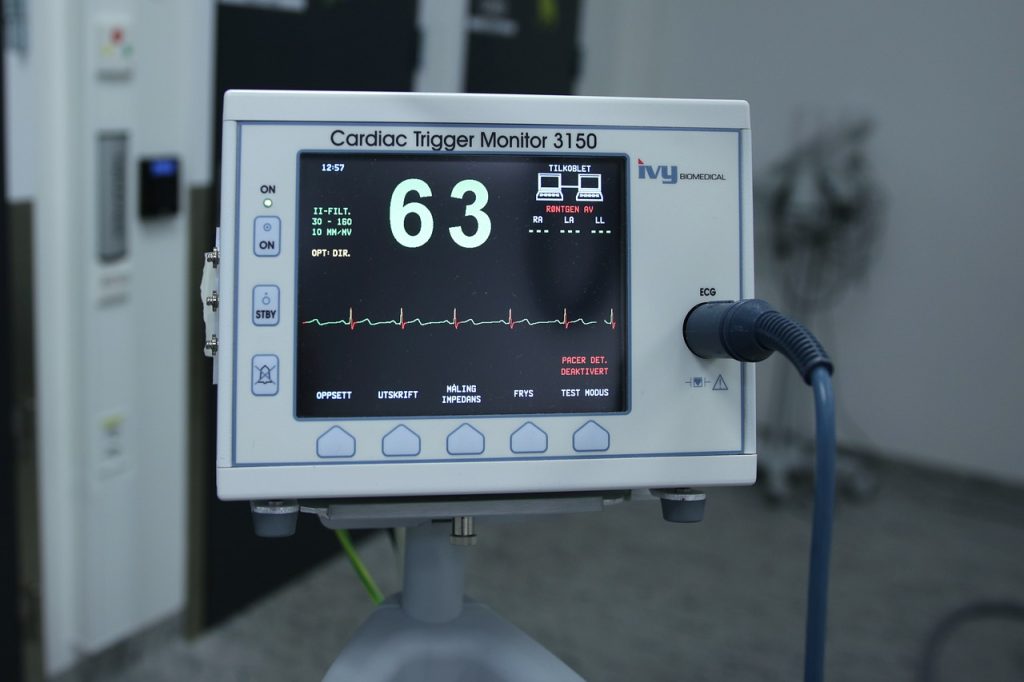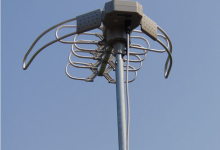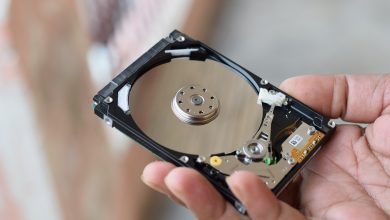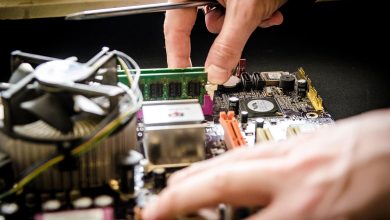What Does a Chest Compression Feedback Device Monitor

Introduction
When it comes to performing cardiopulmonary resuscitation (CPR) in an emergency situation, the quality of chest compressions is critical for the successful revival of a patient. To ensure that chest compressions are being delivered effectively, medical professionals and first responders rely on chest compression feedback devices. These devices are designed to monitor various aspects of chest compressions to provide real-time feedback and improve the quality of CPR. In this article, we will delve into the intricate details of what a chest compression feedback device monitors and how it contributes to improving patient outcomes.
Monitoring Compression Depth
One of the key parameters that a chest compression feedback device monitors is the depth of compressions. Proper compression depth is essential for maintaining blood circulation during CPR. The device measures the depth of each compression and provides feedback to the rescuer, indicating whether the compressions are reaching the recommended depth, typically around 2 to 2.4 inches for adult patients. This real-time monitoring helps rescuers adjust their technique to ensure that the compressions are effective and adequate to support circulation.
Assessing Compression Rate
In addition to monitoring compression depth, a chest compression feedback device also assesses the compression rate. The recommended compression rate for CPR is approximately 100 to 120 compressions per minute. The device tracks the frequency of compressions and alerts the rescuer if the rate is too slow or too fast, allowing them to maintain the optimal pace for performing CPR. This feature is crucial in preventing rescuer fatigue and ensuring consistent delivery of compressions over an extended period.
Real-Time Feedback
One of the most valuable aspects of a chest compression feedback device is its ability to provide real-time feedback to the rescuer. Through visual or auditory cues, the device communicates the quality of chest compressions, enabling the rescuer to make immediate adjustments. This instant feedback loop empowers the rescuer to optimize their technique and maintain high-quality compressions throughout the resuscitation process, ultimately improving the chances of a successful outcome for the patient.
Monitoring Hand Position and Recoil
Effective chest compressions not only require the appropriate depth and rate but also necessitate proper hand positioning and allowing for full chest recoil between compressions. The feedback device monitors the rescuer’s hand position to ensure that the compressions are being delivered in the correct location on the patient’s chest. Additionally, it alerts the rescuer if there is inadequate chest recoil, which is crucial for allowing the heart to refill with blood between compressions. By monitoring these factors, the device helps maintain the overall quality of CPR delivery.
Integration of Accelerometer Technology
Many chest compression feedback devices integrate accelerometer technology to precisely measure the acceleration and deceleration of each compression. This advanced technology enables the device to capture the exact force and timing of compressions, providing comprehensive data for assessment. By analyzing the acceleration patterns, the device can offer insights into the consistency and uniformity of compressions, allowing the rescuer to make adjustments for more effective chest compressions.
Recording and Analyzing Compression Data
Furthermore, chest compression feedback devices have the capability to record compression data over the course of CPR. This recorded data can be invaluable for post-event analysis and debriefing. By reviewing the compression data, medical professionals can gain a deeper understanding of the quality of CPR delivered, identify areas for improvement, and provide constructive feedback to the rescuer. This data-driven approach contributes to ongoing training and the refinement of CPR techniques, ultimately enhancing the overall standard of care.
Customizable Performance Metrics
Modern chest compression feedback devices often offer customizable performance metrics, allowing medical teams to tailor the feedback based on specific protocols or guidelines. Whether it’s adjusting the target compression depth, modifying the acceptable compression rate range, or setting criteria for hand positioning, the device can be configured to align with the unique requirements of different healthcare settings. This flexibility ensures that the feedback provided is aligned with the most current best practices and standards in CPR, promoting consistency and compliance with guidelines.
Enhancing Training and Skill Development
Beyond its role in real-time CPR guidance, a chest compression feedback device serves as an invaluable tool for training and skill development. Healthcare providers, including medical professionals, emergency responders, and even laypersons undergoing CPR training, can benefit from using these devices to hone their CPR skills. By receiving immediate feedback on their compressions, trainees can refine their technique, gain confidence, and strive for mastery in delivering high-quality CPR, which is essential for improving patient outcomes in real-life emergency situations.
Facilitating Quality Assurance and Standardization
For healthcare organizations and institutions, the implementation of chest compression feedback devices supports quality assurance initiatives and standardization of care. By equipping healthcare providers with these devices, organizations can establish a consistent and evidence-based approach to CPR delivery across their facilities. The data generated by the devices can also contribute to quality improvement efforts, enabling healthcare administrators to assess performance trends, identify areas for enhancement, and implement targeted interventions to elevate the overall quality of resuscitation efforts.
Conclusion
In conclusion, a chest compression feedback device plays a pivotal role in monitoring various aspects of chest compressions during CPR. From tracking compression depth and rate to providing real-time feedback and integrating advanced accelerometer technology, these devices are designed to optimize the delivery of high-quality CPR. Moreover, the ability to record compression data, customize performance metrics, and support training and skill development underscores the multifaceted value of these devices in healthcare settings. By leveraging the capabilities of chest compression feedback devices, healthcare providers can enhance patient care, improve resuscitation outcomes, and advance the standard of CPR delivery across the continuum of care.







